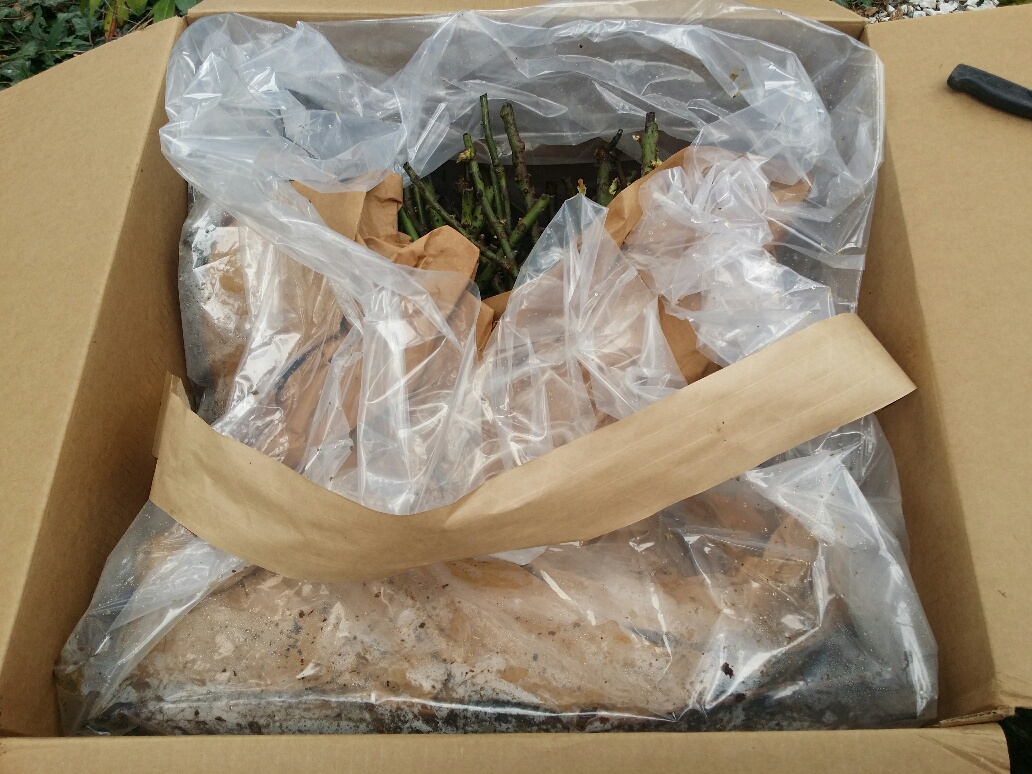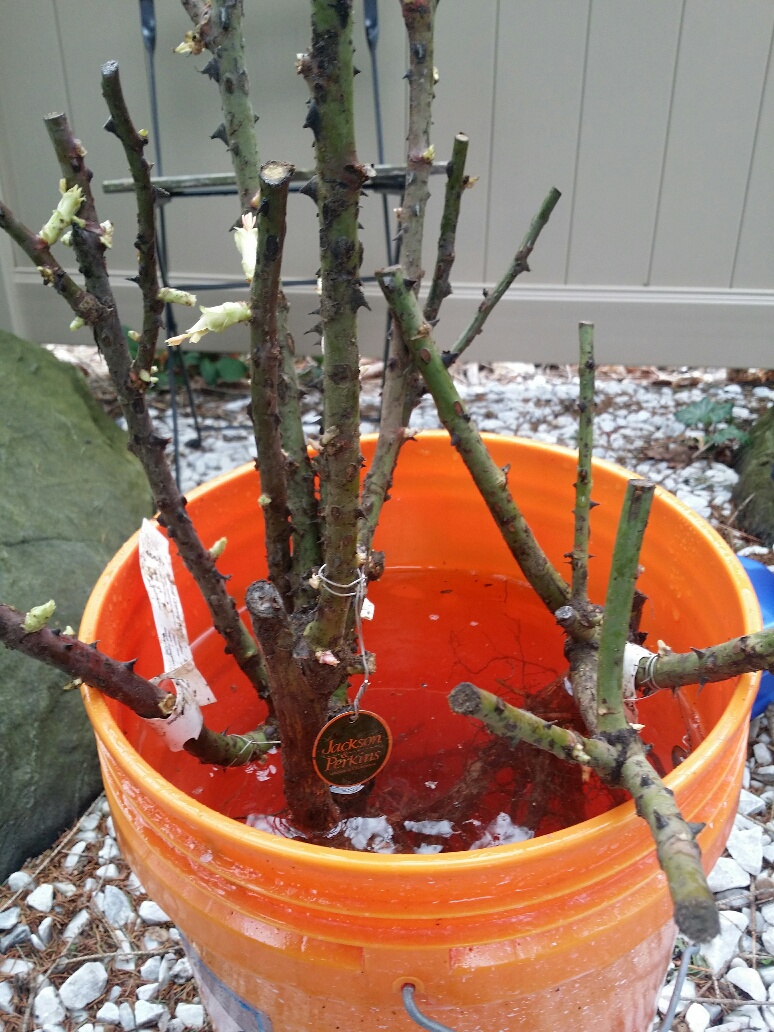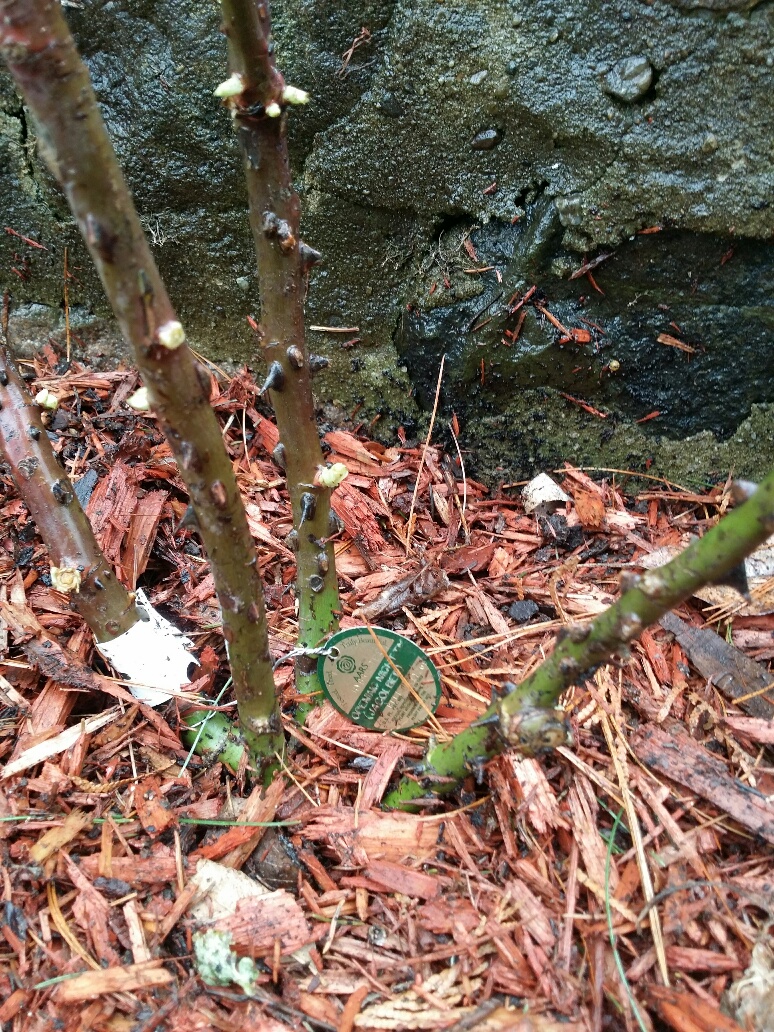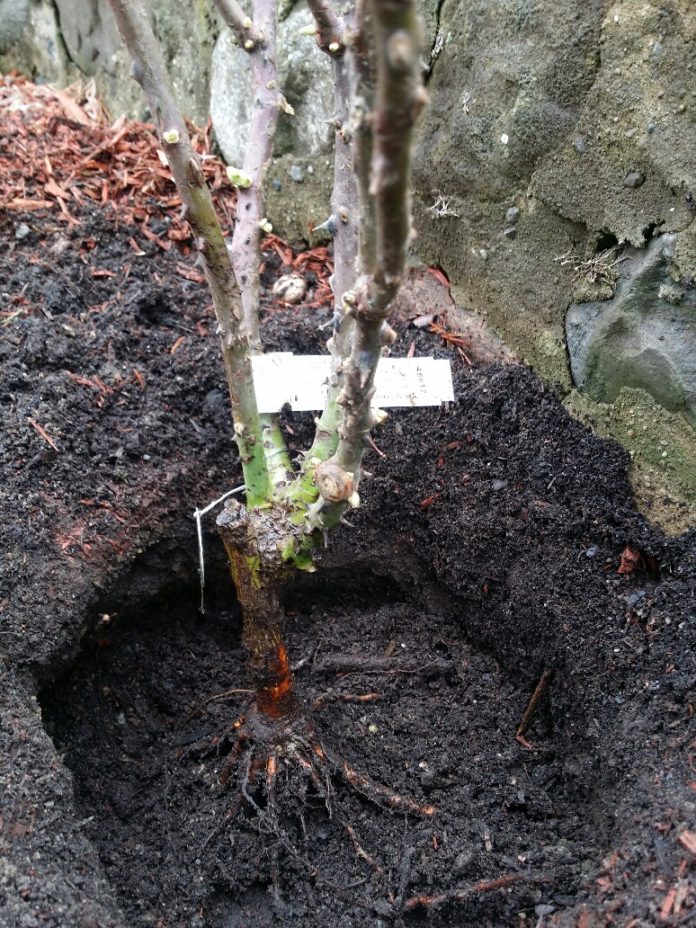By Upendra Mishra
WESTON, MA—Rose have always fascinated me. May be they are in my genes. The memory of first rose flowers I have is of pink roses from my childhood home in my village in India. The plant was probably planted by my grandfather or my father. It was a huge bush right in front of our home. I can still smell those roses.

When I went to attend Allahabad University for my graduate studies, someone took me to the city’s Company Bagh, and I was amazed by the quality and variety of roses there. I has never seen so many roses. Whenever I visited my village from Allahabad during holidays, I brought a few rose plants from nurseries and planted them at home. After that, life took me to New Delhi’s JNU for further studies and then to Latin America and gardening was put on the back burner. I enjoyed gardens, but did not plant anything outdoor as I lived in the heart of Mexico City for nine years.
When I moved to Boston, a visited a friend’s home in Milford, MA. There I saw amazing roses he had planted and my childhood fascination with roses flashed back. I was surprised to know that one could grow beautiful roses in New England. One day I plan do a video interview with my friend on roses. I learned a lot about roses from him and now spend most of my time on roses in my garden.
Some friends asked me that I should write a series of articles on roses—from how to plant them to how to take care of them. So, here is my first attempt on planting roses.

Find a Spot
First thing is to find a sunny spot in your garden. It should have at least four-to-six hours of direct sun. The soil should not be soggy, watery or swampy. It should drain quickly. It should not be rocky either. Before you order rose plants, it is better to prepare the soil before. Dig about a feet deep and a feet wide hole. Fill it up with garden soil (Home Depot has plenty of varieties.)

Ordering Rose Plants
I always recommend bare-root roses, and am totally against potted roses that you often see in nurseries during the gardening season. Potted roses sold in the nurseries are very tempting because they already have flower blooms on them and people cannot resist and buy them (I still get tempted sometimes.) Potted roses do great the first year. Some of them may not do great the next year or the following or may just die. If you are lucky, or have green thumb, they might do okay as well. The reason: potted roses already have too many roots and they either root balls get entangled or are not is rush to grow.

I order bare-root roses from Jackson & Perkins online in winter or early spring for them to arrive on planting time. They are bit expensive, depending on the variety your buying as compared with other brands. The average price of one Jackson & Perkins plant generally varies between $24 and $29. Some varieties also sell for $45. Jackson & Perkins don’t have many roots, and thus when you plant them they want to root quickly and fast in the new soil and environment.

In othert words, they get established well and that is good for the next year and years after. Once they are well-rooted, even worst New England winter cannot damage them. You will have roses year after year—as long as you keep taking care of them (I will talk about taking care in in a future article.)

When Jackson Perkins roses arrive, don’t get shocked. The will come in cardboard box and may look like completely dead and you will see just roots and stems. Don’t worry. Open the box as quickly as you can. (See the picture.)

Take each plant out of the wrapped plastic. By the time they arrive, these roses are already stressed (imagine no food, no water and no air for a few days during the shipping.) Put them in a bucket of water so that their roots soak water. Soaking them in water overnight may not be a bad idea.
I put them either in a bucket, or if I have ordered too many of them, I put them in a natural pond or a water stream that flows through my backyard. (See the pictures)
Planting Roses

The next day, I plant them. Remember, you have already dug a hole and filled it up with good soil. Now, make a round cone-shaped mound with the soft soil in the hole and put the plant on the top and spread the roots around the mound nicely. Make sure the head of the plant above the root sits on the top comfortably. Now, fill it with top soil. Make sure that the part where branches come out above the roots stays above the soil. Water it as much it takes, and then again cover it up with top soil (make sure the joint where branches come out remains above the soil.)

After rose is planted and watered, cover it with much. Keep watering it every other day till plant is established and start growing. Once you see branches coming out and leaves turning green, it is the time to feed your rose with rose fertilizer. You can buy them at any nursery store. Some people put the fertilizer when they plant, but I do it only after leaves turn green. Early fertilizer may lead to quick but weak growth. You want strong branches and stems.

Now just relax, wait and wait for the buds and the flower to bloom. Have patience. Patience is the most valuable lesson gardening teaches.
“Don’t judge each day by the harvest you reap but by the seeds that you plant.” –Robert Louis Stevenson
Happy gardening. The next column will focus on fertilizing old roses.
(Mr. Mishra is managing partner of the Waltham, MA-based integrated inbound marketing and PR firm The Mishra Group. He writes about his three passions: marketing, scriptures and gardening.)















